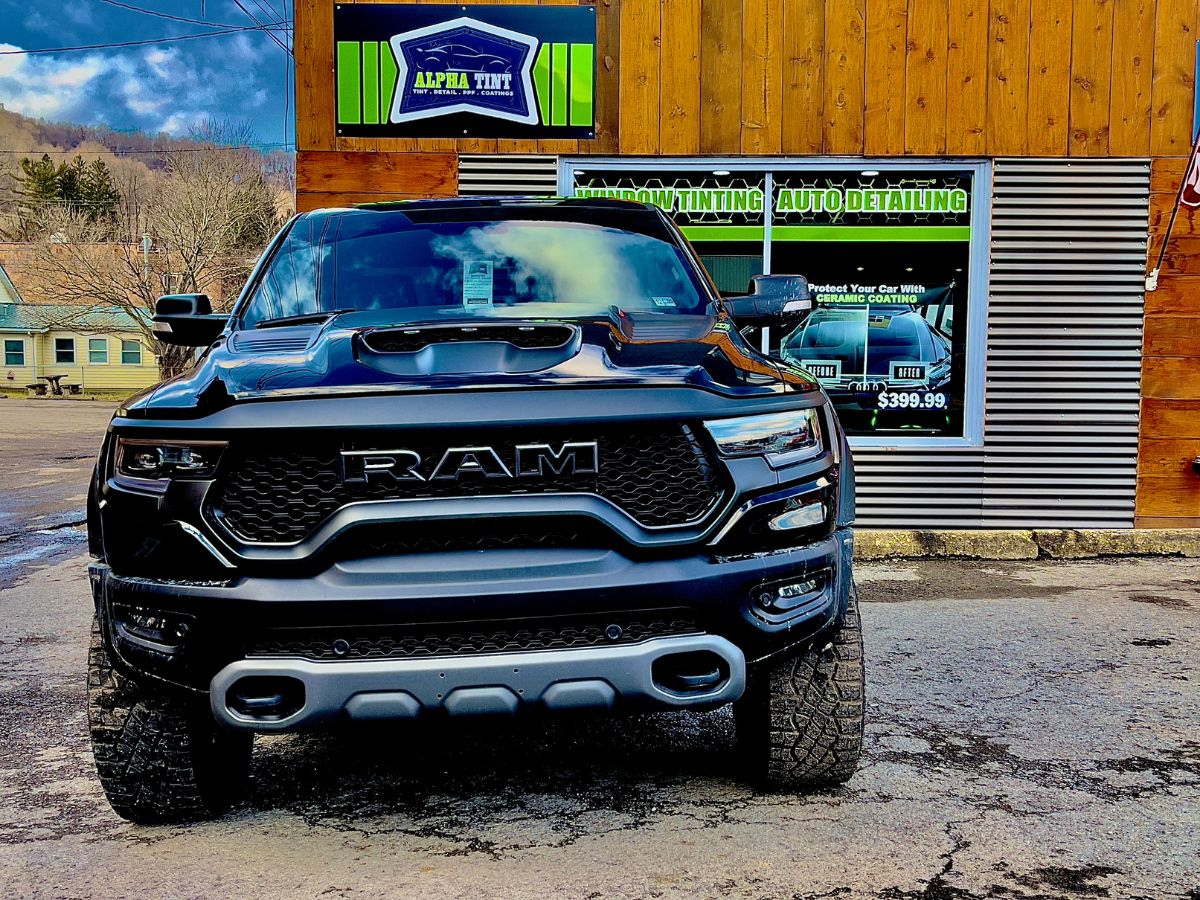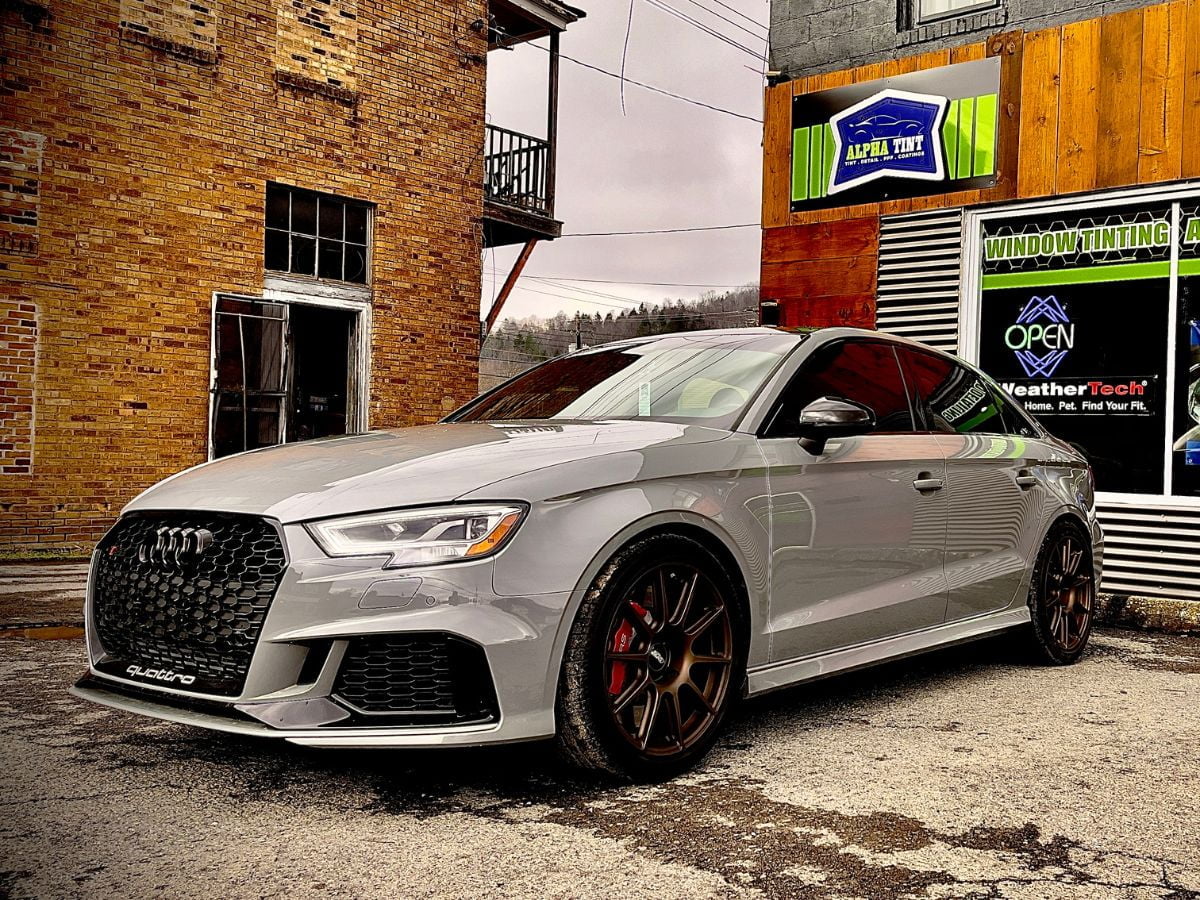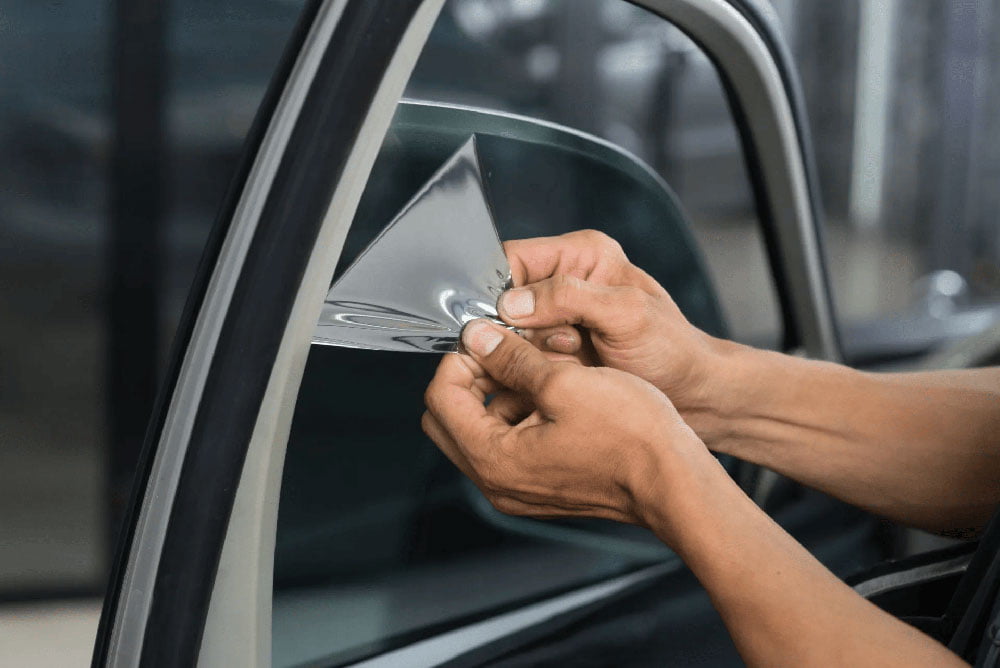Window tinting is a popular automotive enhancement that not only adds an element of style but also offers numerous practical benefits. From reducing glare and UV exposure to enhancing privacy, window tinting has become a go-to choice for many vehicle owners. However, before investing in window tinting, it’s essential to understand how long it can last and the factors that affect its lifespan. So, how long does car window tint last?

In this blog article, from the expert team at Alpha Tint and Detail Center in Shinnston, WV, we will explore some of the factors that affect the lifespan of window tint, discover the best time of year to tint your car windows as well as find out about which type of car window tint lasts the longest.
Factors that affect window tint lifespan
There are a variety of factors that will influence how long your window tint lasts, including:
Type of Tint Film Technology
Advancements in tint film technology have led to the development of various types of window tints, each with its unique properties and performance characteristics. Beyond the basic categories of dyed, metalized, and ceramic tints, some manufacturers have introduced nano-ceramic and infrared-reflective tints. These advanced tints offer enhanced heat rejection, UV protection, and improved optical clarity, contributing to their overall longevity. As technology continues to evolve, newer tint films may provide even better durability and performance, making them worth considering for those seeking the longest-lasting window tint.
Exposure to Environmental Contaminants
Besides sun exposure, environmental pollutants and contaminants can also impact the lifespan of window tint. Pollutants such as acid rain, bird droppings, tree sap, and road debris can gradually degrade the tint film’s surface. To protect your window tint from such contaminants, it’s essential to wash your vehicle regularly and promptly remove any debris that comes into contact with the tinted windows.
Driving Habits
Surprisingly, driving habits can influence the lifespan of your window tint. Aggressive driving, frequent slamming of doors, and rough handling of windows can cause stress on the tint film, potentially leading to premature deterioration. Encouraging passengers, especially children, to avoid touching or tampering with the tinted windows can help maintain the tint’s integrity over time.
Quality of Window Glass
The type and condition of the vehicle’s window glass can also impact the window tint’s lifespan. High-quality glass with a smooth and even surface provides a better foundation for the tint film, allowing it to adhere securely and evenly. On the other hand, older or low-quality glass with imperfections might hinder the tint’s adherence, leading to potential issues like bubbling or peeling.
Tint Shade and Darkness
The darkness or shade of the window tint can also play a role in its longevity. While darker tints might offer higher heat rejection and enhanced privacy, they generally absorb more heat from the sun, potentially leading to faster degradation over time. Lighter tints, such as those that meet legal tinting regulations, may experience less heat absorption and could last longer under certain conditions.
How long does it take for a window tint to fade?
The fading of window tint is a gradual process, and its timeline can vary based on the factors mentioned above. High-quality tint films can retain their original appearance for up to 10 years or more if well-maintained. However, lower-grade tints may start showing signs of fading within a few years.

In general, you can expect window tint to maintain its effectiveness and appearance for approximately 5 to 10 years under optimal conditions. After this period, you might notice a slight change in color and performance.
Read more: 5 Types of Car Window Tint: Features and Benefits
What type of window tint lasts the longest?
Ceramic window tint is renowned for its exceptional durability and longevity. Unlike traditional dyed or metalized tints, ceramic tint is constructed using advanced nanotechnology, making it highly resistant to fading and discoloration. Additionally, ceramic tints provide superior heat rejection and do not interfere with electronic devices like GPS or mobile phones.
Though ceramic window tint may come at a slightly higher cost, its extended lifespan and superior performance make it a worthwhile investment for vehicle owners who prioritize long-term value.
When is the best time of year to tint your car windows?
The ideal time to tint your car windows is during mild weather conditions, preferably in spring or autumn. Extreme temperatures, whether hot or cold, can hinder the tint’s curing process and affect its longevity. Moreover, tinting during the off-peak season might provide faster and more flexible scheduling options with professional installers.
How long does 3M window tint last?
3M is a well-respected brand known for producing high-quality window tint films. The lifespan of 3M window tint can vary depending on the specific product and its application. However, on average, 3M window tint can last between 5 to 10 years, with proper care and maintenance.
Top quality window tinting services in Shinnston, WV.
For car owners living in and around Shinnston, WV, Alpha Tint and Detail Center is the go-to destination for premium window tinting services. With a reputation for excellence and years of experience, our team of professionals ensures precise and flawless installation of window tint for your vehicle. For more information about our window tint services, call Alpha Tint and Detail Center in Shinnston, WV, at +1 304-216-6689, or come and visit our location at 434 Pike St, Shinnston, WV, 26431, United States.



